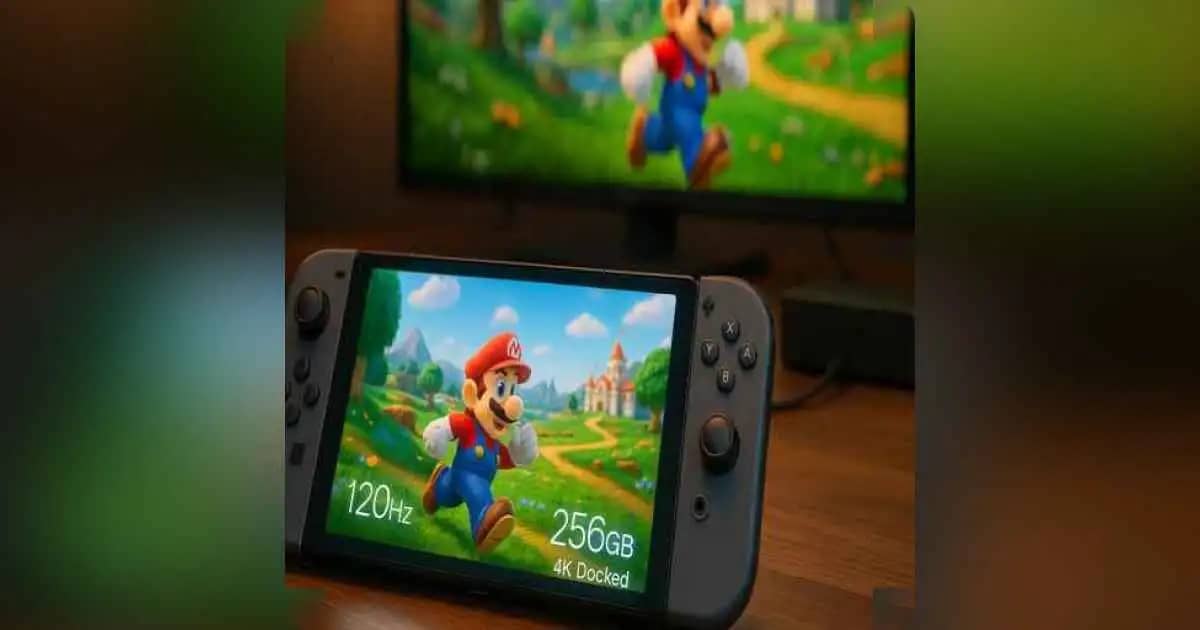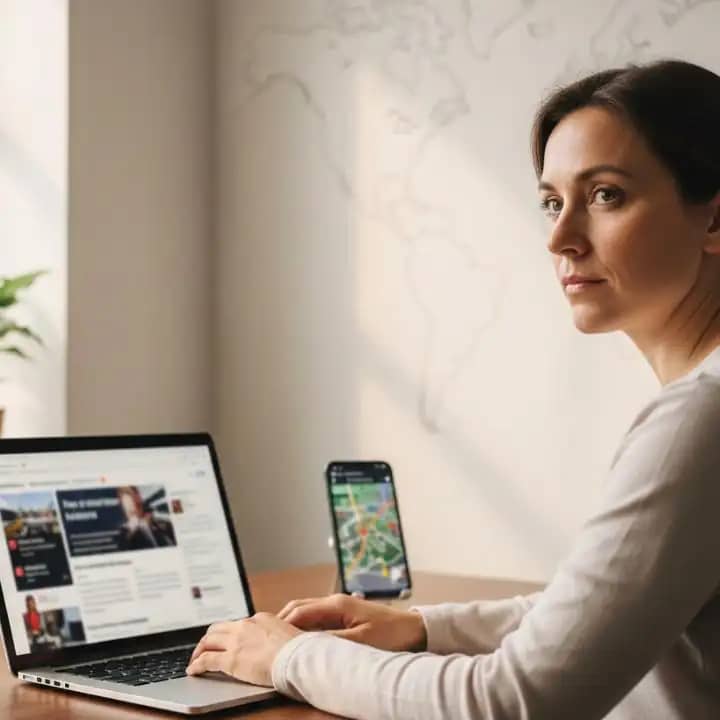
Nintendo Switch 2: The Hybrid Console Revolution in 2025
Why This Bold Upgrade Might Redefine Portable Gaming
Bold contrarian hook: The Nintendo Switch 2 isn't just an incremental upgrade it’s quietly redefining what "hybrid gaming" should have been all along.
In the past 48 hours, buzz has exploded around Nintendo’s Switch 2 a hybrid console launched June 5, 2025 that’s racked up 3.5 million sales already (gadinsider.com, en.wikipedia.org). With an enhanced display, more RAM, 120 Hz refresh rate handheld mode, and even 4K docked output, this is the fusion of living‑room powerhouse and portable fun in one sweet package (en.wikipedia.org (1)).
Solving Real Frustrations: Why This Upgrade Matters
1. Smooth-as-butter performance, finally
Framerate stutters in fast-paced Switch titles drove me nuts (especially Smash or Zelda minis). The Switch 2’s 120 Hz in handheld mode and Tegra T239 chipset deliver smoother, more responsive gameplay. No more laggy joy on-the-go.
2. Storage anxiety? Gone.
With 256 GB UFS 3.1 onboard, storage stress is finally gone. Between your indie games, digital Mario Kart DLCs, and backups you've got breathing room.
3. Docked 4K that doesn't fry your battery
You can enjoy up to 60 Hz in glorious 4K when docked yet still rely on the same handheld battery. That’s rare hybrid efficiency.
Real‑World Use Case
"I switched from my OG Switch on a long train ride, and the 120 Hz made platformers feel alive. Later, docking it in the hotel room was seamless even Mario in 4K looked crisp. Best travel gaming combo yet." early adopter review
Hidden Features & Overlooked Issues
- Hidden Gem: The ultra‑fast USB‑C dock supports 4K HDMI output and power delivery with a single cable less cable fuss, more plug‑and‑play.
- Overlooked Snag: Battery Life hasn’t vastly improved still about 4–5 hours under heavy load. That gorgeous screen and refresh rate will still drain power faster.
- Smarter Trick: Use microSD Express cards (up to 2 TB) to extend storage, but note loading times might still be slightly slower than native storage. Worth it if you hoard hundreds of titles.
Actionable Tech Tips You Can Use Today
- Prioritize handheld refresh on menus dig into settings and enable 120 Hz for smoother transitions in fast-scrolling UIs.
- Calibrate your docked 4K output go into TV mode settings and manually tweak HDR and color profile for each game.
- Set up standby cheat charging leave home dock halfway button‑pressed to wake instantly without full boot (faster game launch).
- Use fast microSD a UHS‑II card (minimum V90) minimizes in‑game stuttering when loading big game assets.
Smarter Alternatives (If Switch 2 Isn’t Your Jam)
- Nintendo Switch OLED: A cheaper, more compact option with vivid display ideal if you’re not chasing 120 Hz or 4K.
- Steam Deck or AYANEO handheld PCs: For PC gamers wanting mod-friendly, ultraportable performance but they’re bulkier.
- PS5 Remote Play on tablets: Great for Sony owners who want comparable graphics over Wi‑Fi without new hardware.
Verdict: Should You Buy the Nintendo Switch 2?
If you’re a hybrid gaming enthusiast who values responsiveness, crisp visuals, and seamless docked or handheld use yes, it’s a worthy upgrade. However, if you're budget-conscious or mostly tethered to a TV, the original OLED or mid‑range alternatives might offer better value.
Quick Recap (For the Busy and Brilliant)
- What’s new: Larger LCD with 120 Hz, 256 GB storage, 4K docked support
- Solves: Slow performance, limited storage, inconsistent docked output
- Watch for: Battery life trade-offs at higher refresh rates
- Takeaway: Great for power‑users and travelers; casuals may still prefer older models
💬 Over to you:
Have you tried the Switch 2 yet? Does 120 Hz handheld gaming actually make a difference for you? Share your experience or doubts below let’s geek out together.




